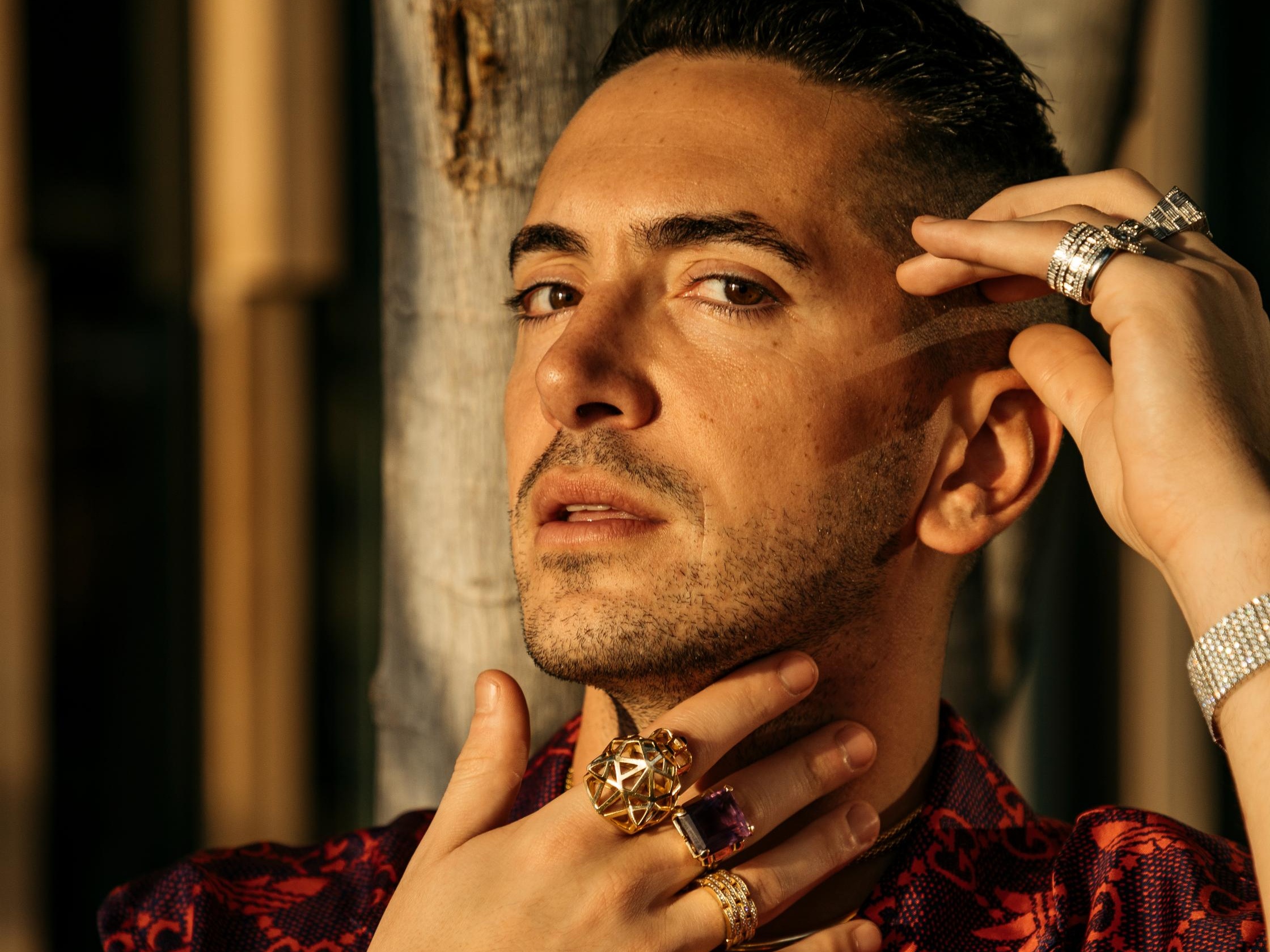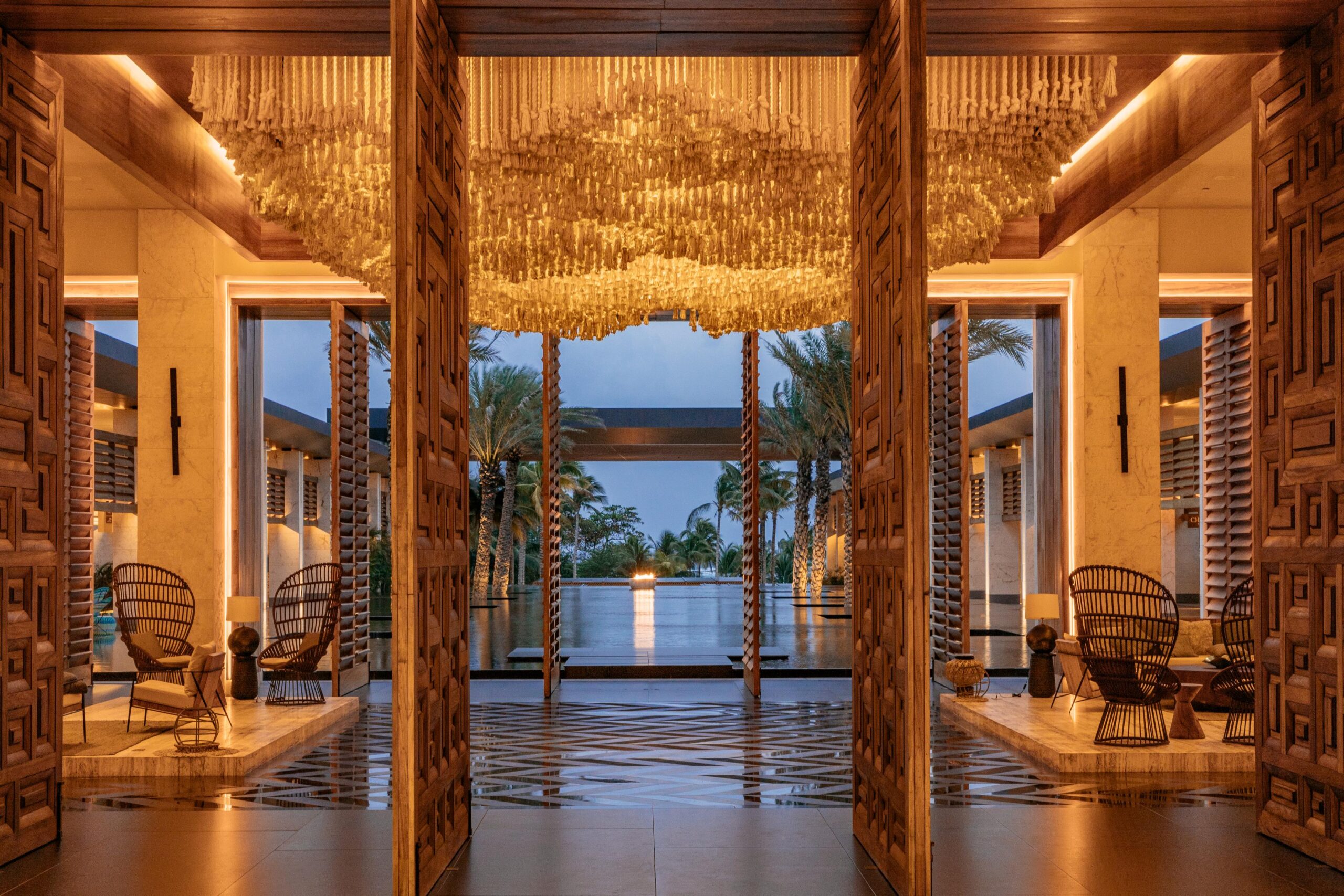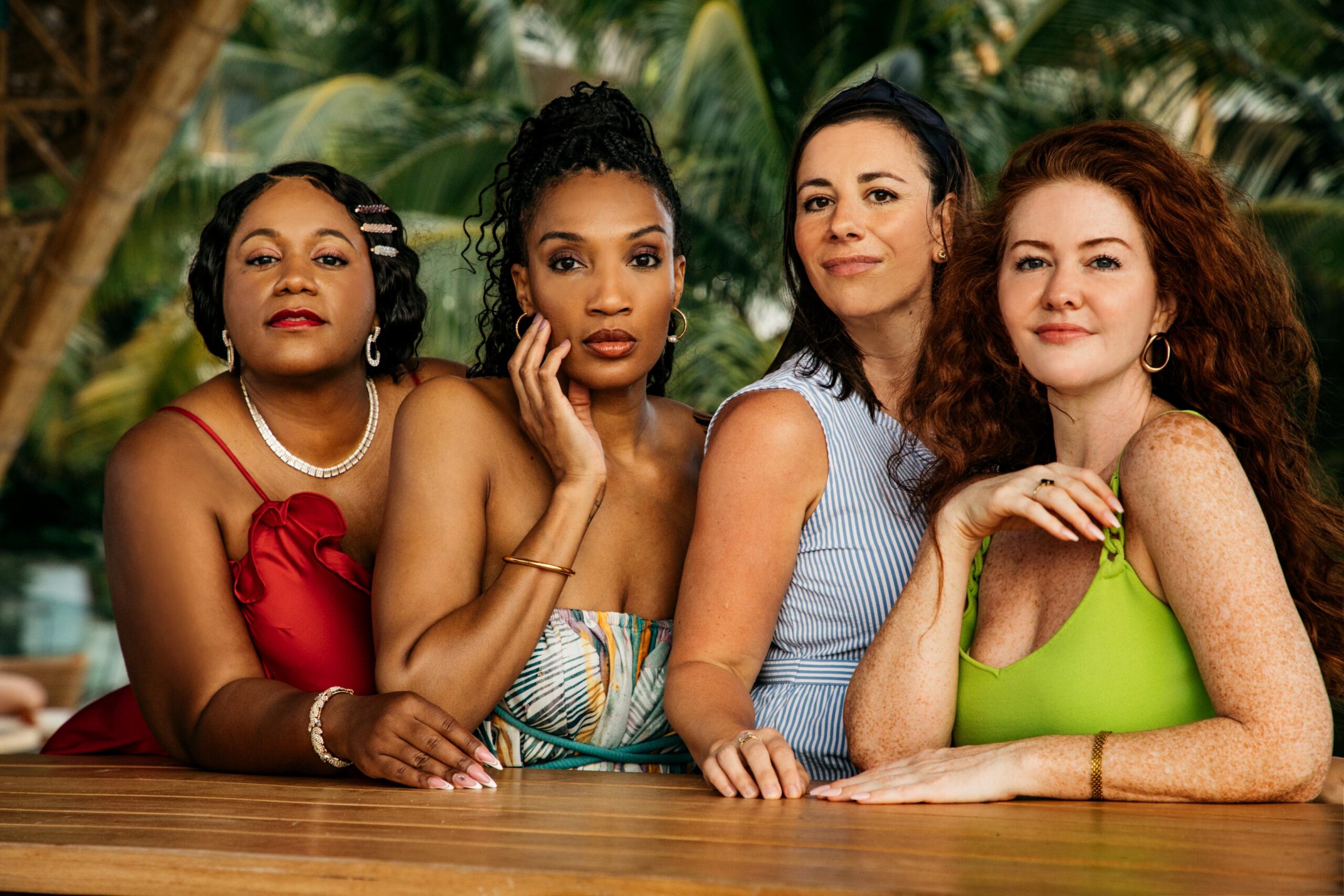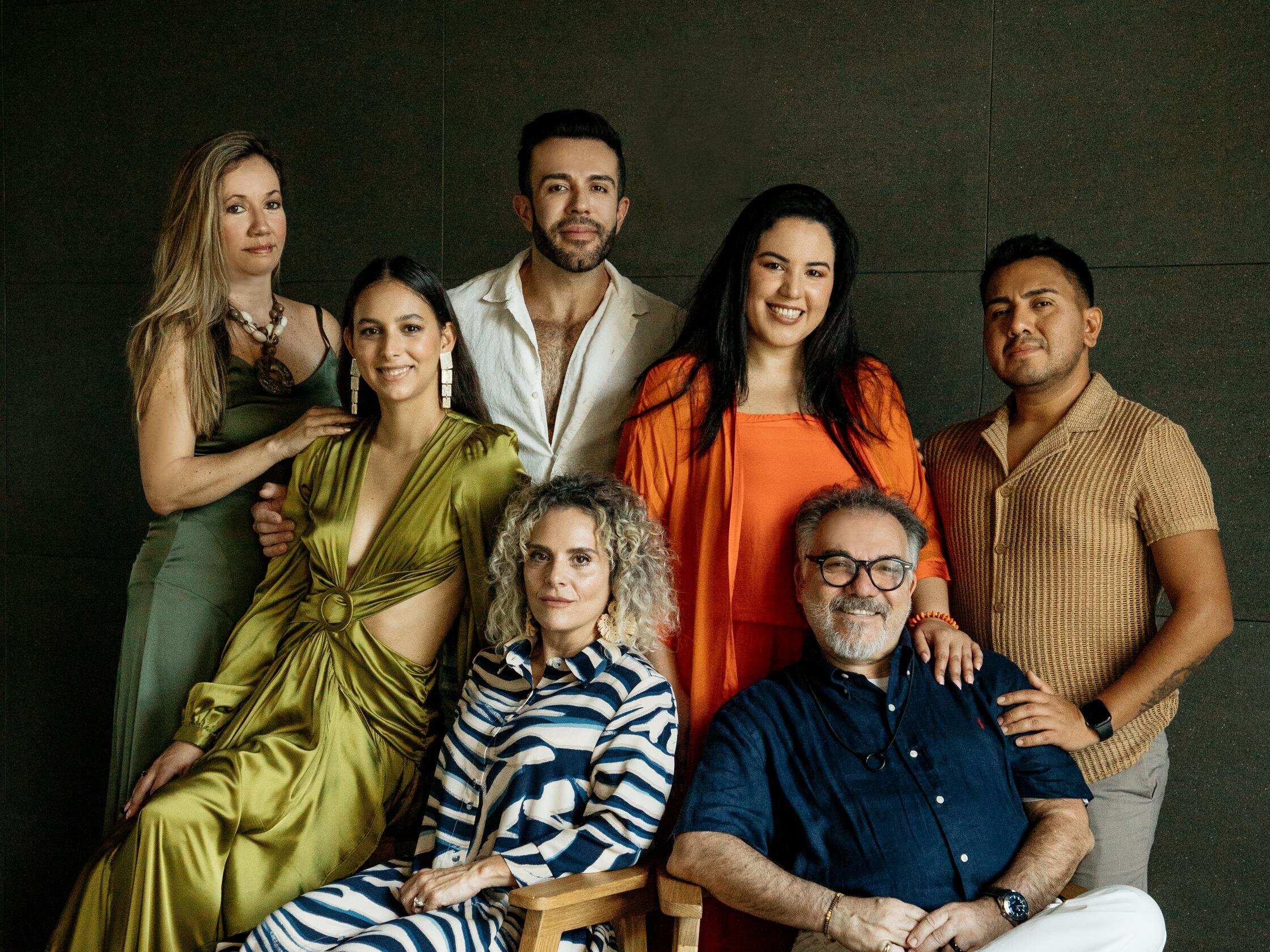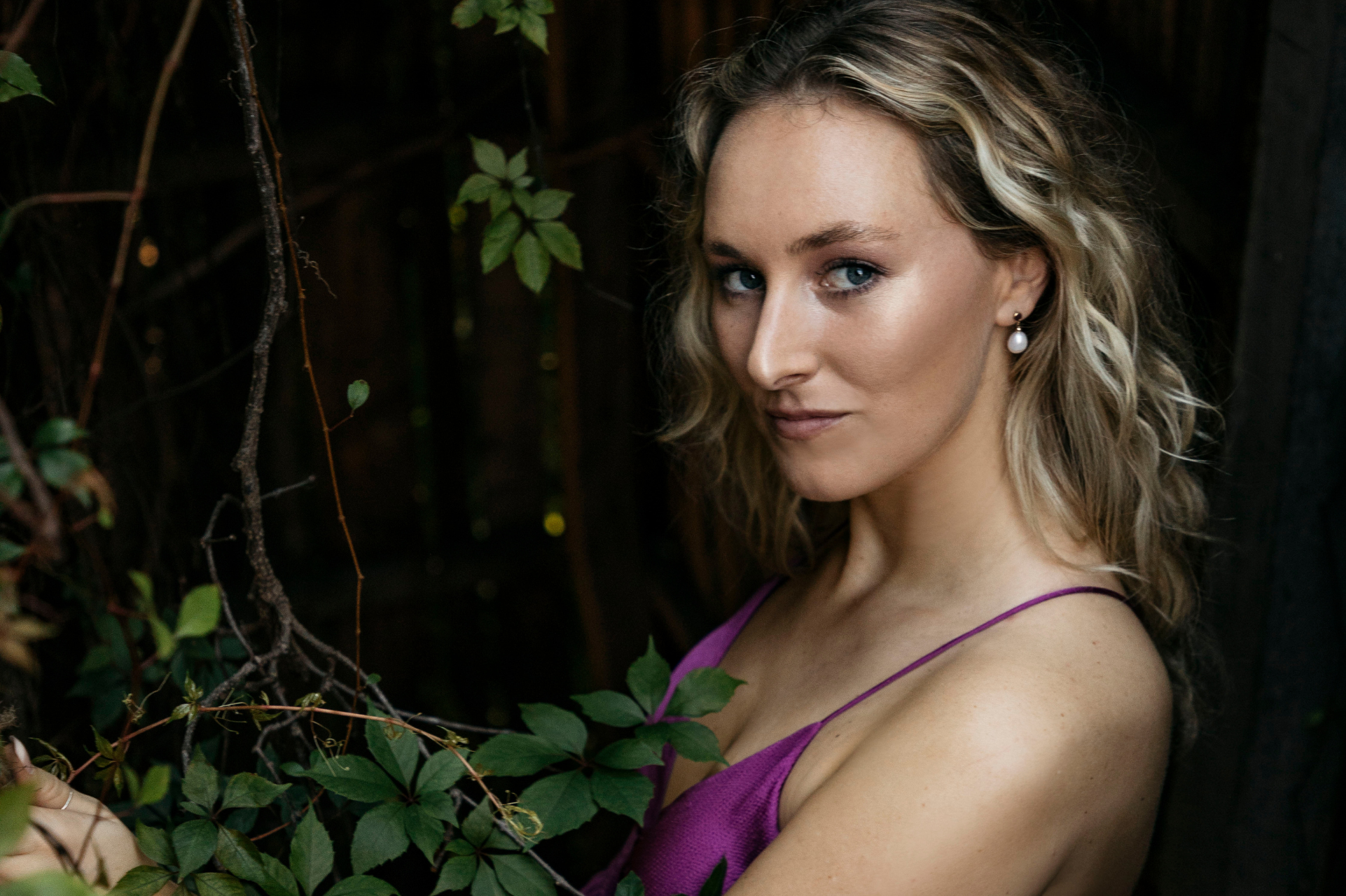Excited for the debut of her upcoming film, Sinvivir, we had the opportunity to interview award-winning filmmaker Anaïs Pareto Onghena. Read about her artistic inspiration below!
- Inspiration comes in a myriad of forms. What inspired your new film, Sinvivir?
What inspires me is always the human being and his emotions. For me, the cinema is emotion. And I take out the stories of reality, of what I observe. Coincidentally I have many male friends, and I have been able to observe their behaviors and their moments of crisis. This is why, I suppose, I have made the story of three men, who for different reasons coexist for a while in the house of one of them, and in this coexistence, the ghosts of the three will come out and seek the meaning or nonsense of their lives.
Lo que me inspira siempre es el ser humano y sus emociones. Para mi el cine es emoción. Y saco las historias de la realidad, de lo que observo. Casualmente tengo muchos amigos hombres, y he podido observar sus comportamientos y sus momentos de crisis. Es por esto, supongo, que he hecho la historia de tres hombres, que por diferentes motivos conviven por un tiempo en casa de uno de ellos, y en esta convivencia, saldrán los fantasmas de los tres y buscarán el sentido o sinsentido de sus vidas.
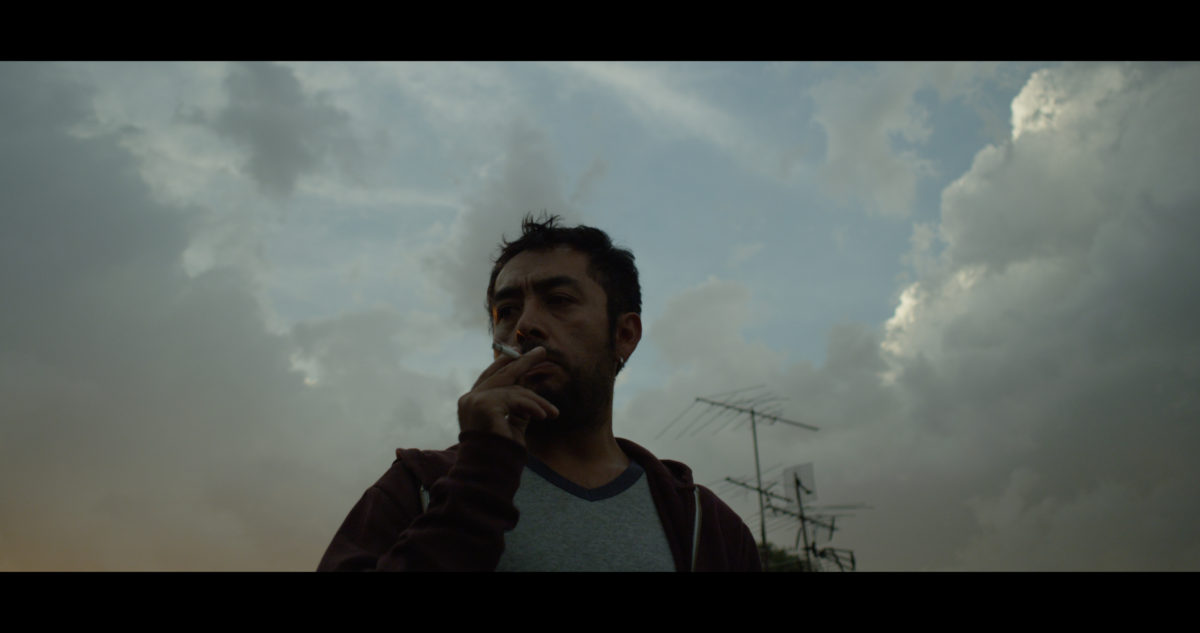
- Certainly we stand on the shoulders of giants; what filmmakers have inspired your creative process?
For this particular film I did not work on direct references, but I’m sure there’s something about it in the cinema that I like and the directors I admire. Films like “Buffalo’66” by Vincent Gallo, “Martín (Hache)” by Adolfo Aristarain, “La fille sur le pont” by Patrice Leconte, the filmography of Wim Wenders or Jim Jarmusch, are films and directors that have marked me a lot , and inspired in me the desire to make movies.
Para esta película en particular no trabajé sobre referencias directas, pero estoy segura que hay algo en ella del cine que me gusta y de los directores que admiro. Películas como “Buffalo’66” de Vincent Gallo, “Martín (Hache)” de Adolfo Aristarain, “La fille sur le pont” de Patrice Leconte, la filmografía de Wim Wenders o Jim Jarmusch, son películas y directores que me han marcado mucho, y han hecho crecer en mí, a lo lagro de los años, las ganas de hacer cine.
- What message or messages do you want your audience to walk away with?
Sinvivir always wanted it to be an ode to life and friendship. The idea was that the characters find the meaning of living (consciously or unconsciously) in friendship, and in the small details. Sometimes great events do not let us see and enjoy the little things, which are really the ones that give the full meaning, since nobody of us knows if tomorrow will be here. I guess it also has the idea of Carpe Diem.
Sinvivir siempre quise que fuera una oda a la vida y a la amistad. La idea era que los personajes encontraran el sentido de vivir (de forma consciente o inconsciente) en la amistad, y en los pequeños detalles. A veces los grandes acontecimientos, no nos dejan ver y disfrutar de las pequeñas cosas, que en realidad son las que dan el sentido completo, ya que nadie de nosotros sabe si mañana estará aquí. Supongo que también tiene la idea del Carpe Diem.
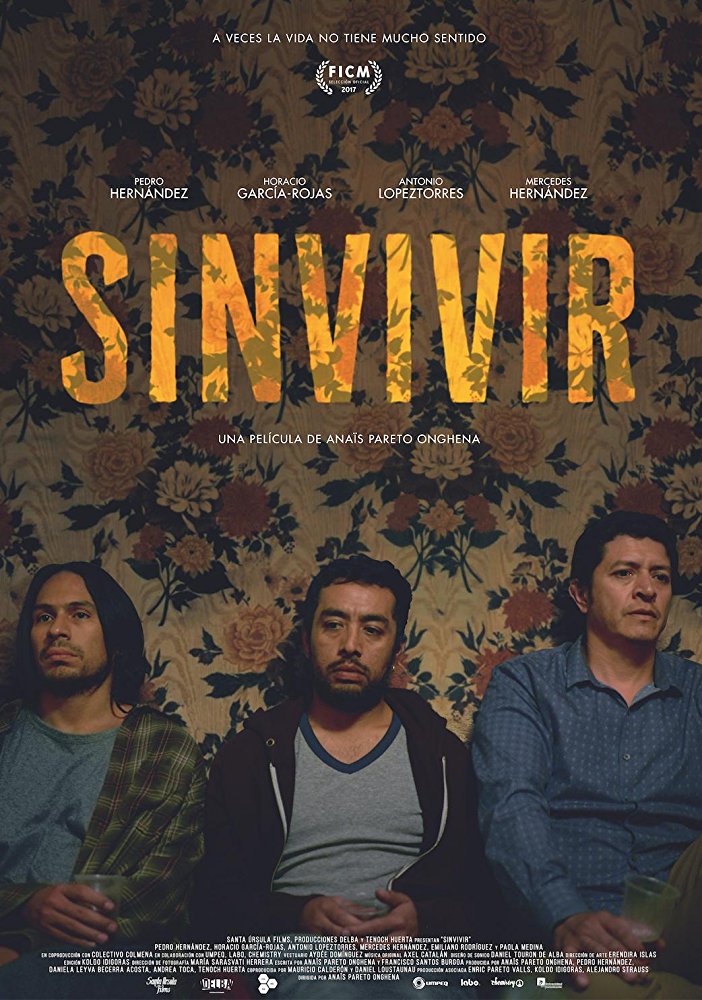
- How did you develop your personal aesthetic and how would you describe it to our readers?
When practically all the movie happened in a location, the house, we wanted this to be one more character. It was important to look for different ways to portray the spaces of this, so as not to bore the viewer. The house is very sober, so we looked for it with the same architecture. Realism was sought in aesthetics, and naturalism in light, so that the viewer would perceive the film as a story that really can happen.
Al suceder practicamente toda la película en una locación, la casa, queríamos que esta fuera un personaje más. Era importante buscar diferentes formas de retratar los espacios de esta, para no aburrir al espectador. La casa es muy sobria, así que lo buscábamos con la misma arquitectura. Se buscó realismo en la estética, y naturalismo con la luz, para que el espectador percibiera la película como una historia que de verdad puede suceder.
- What was it like on the set of Sinvivir? Where did you film and what is the meaning behind the choice of location?
As I mentioned, Sinvivir happens all in one location. This decision is, mainly, because I wanted to produce the film in a completely independent way, and one of the first ideas that I had so that this could materialize, was to think of it in only one location. Also, it’s my house, so I could have total freedom when it comes to setting and transforming it, and in a matter of times.
So it was curious the process, since it was filmed on weekends, so that all the crew and I could continue with our work, and I during the week lived on the set of the movie, which is a bit or quite strange . It’s like living in the fiction you’ve created.
Como ya he mencionado, Sinvivir sucede toda en una sola locación. Esta decisión es, principalmente, porque quería producir la película de forma 100% independiente, y una de las primeras ideas que tuve para que esto pudiera concretarse, fue pensarla en una sola locación. Además, es mi casa, así podía tener total libertad a la hora de ambientar y transformarla, y en cuestión de tiempos.
Así que fue curioso el proceso, ya que se filmó en fines de semana, para que todo el crew y yo pudieramos seguir con nuestros trabajos, y yo durante la semana vivía en el set de la película, lo cual es un poco o bastante extraño. Es como estar viviendo en la ficción que has creado.

